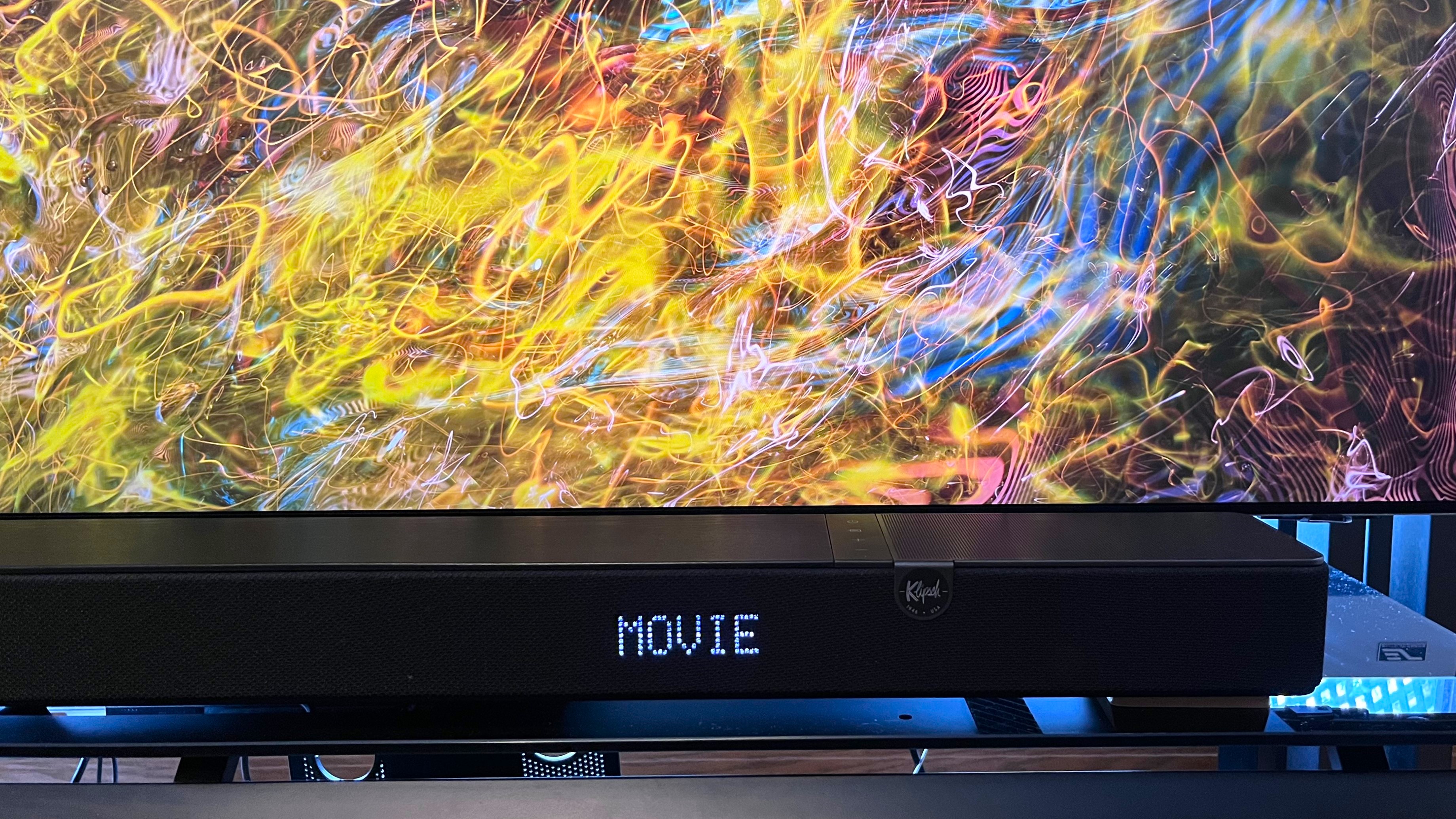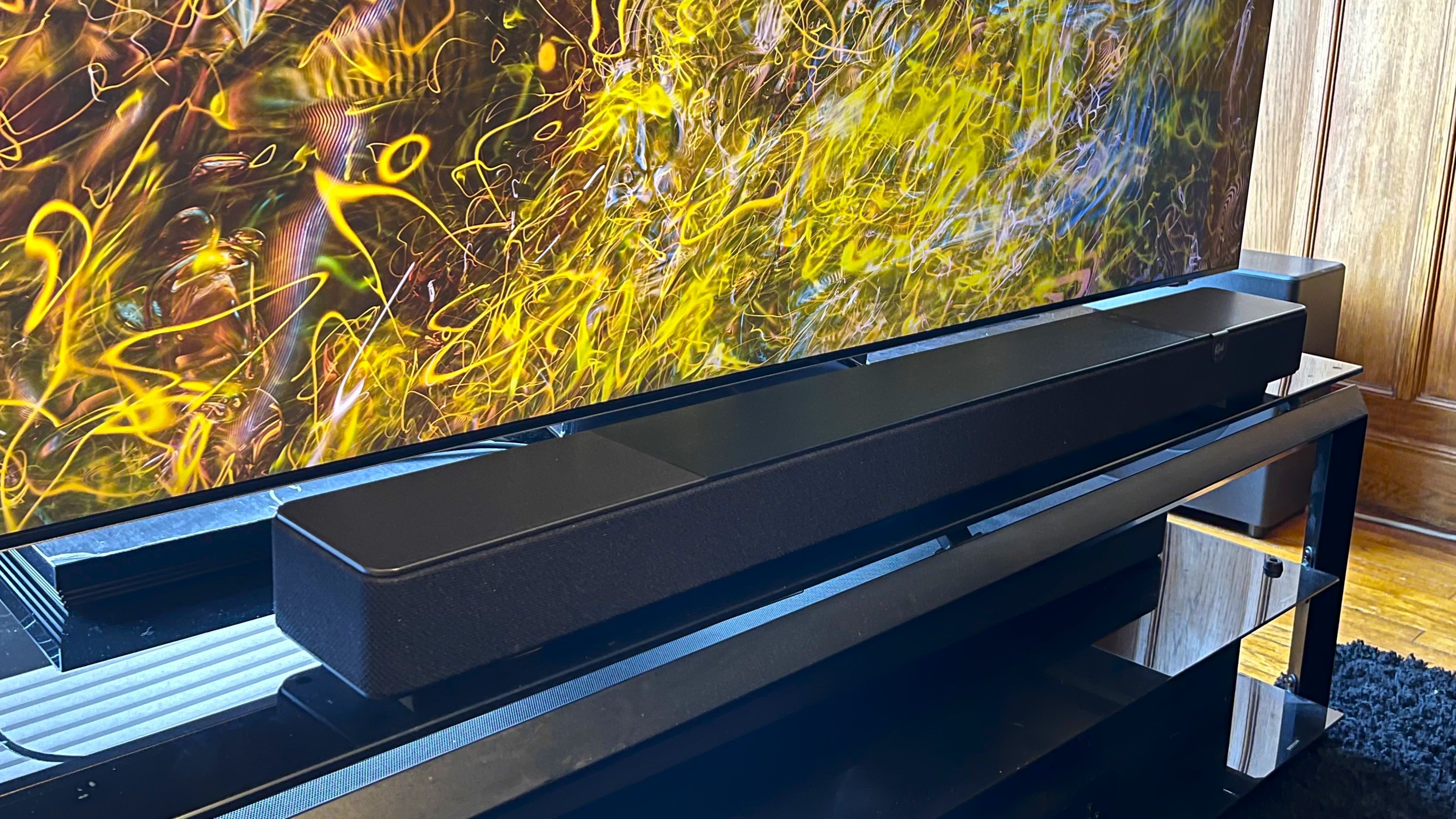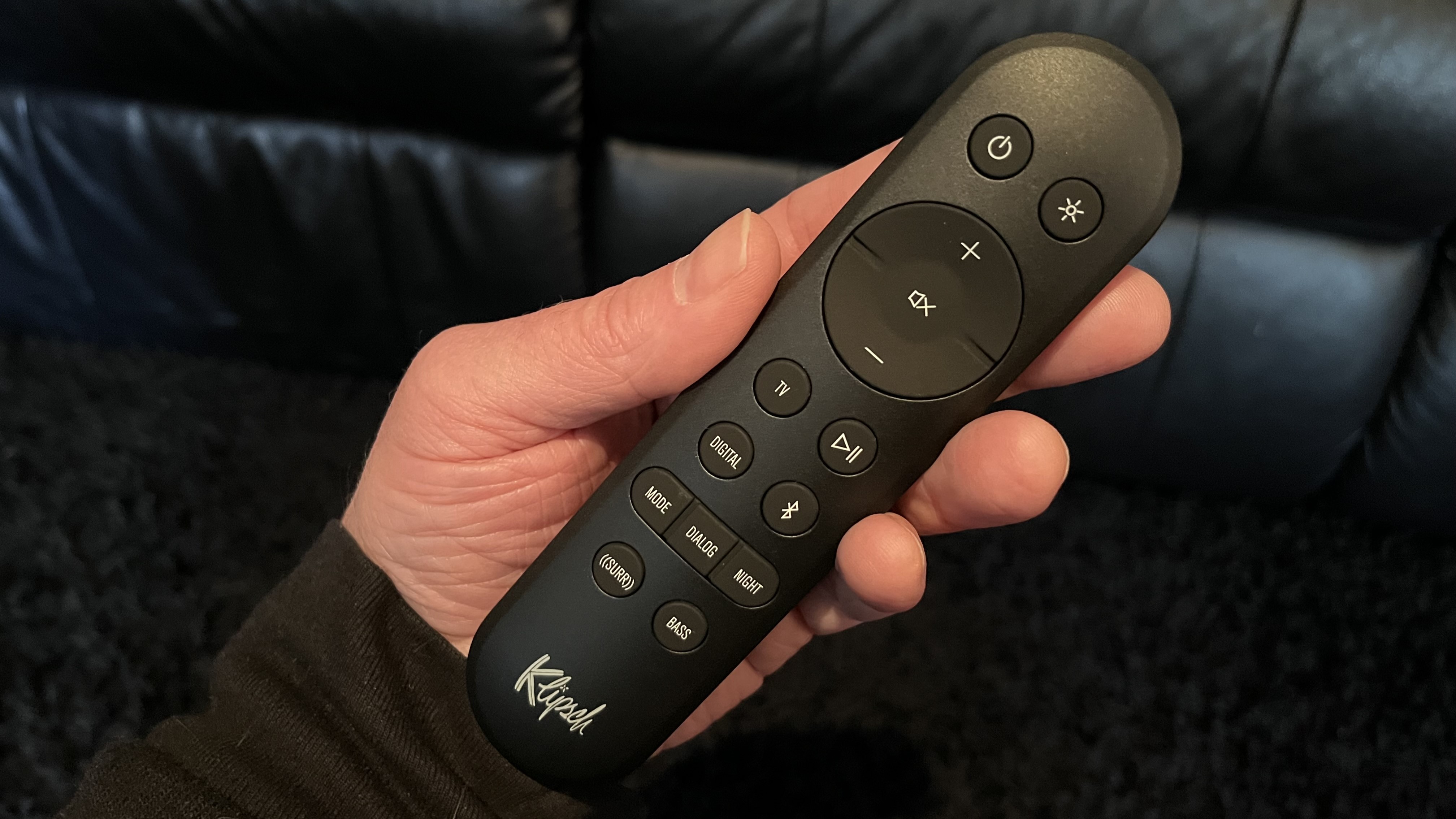I tried Klipsch’s affordable Dolby Atmos soundbar – and Sonos and Bose have been put on notice
The new budget soundbar boss?

An audio highlight of the recent CES 2024, a show that has largely migrated away from being a launchpad for the best speakers but now seems to be returning to form, was the Klipsch suite at an off-site hotel where the company demonstrated its new Flexus soundbar system. Klipsch is no stranger to soundbars, having produced many high-end models for its Cinema series, but its latest series is a considerably more budget-friendly option, with the flagship Flexus Core 200 topping out at $499.
In my CES show coverage I wrote about the Flexus series, which consists of two soundbar options, wireless surround speakers, and a wireless subwoofer. The series is now available in the US, with an international launch planned for later this year. A great thing about Flexus is that you can start with just the soundbar alone and add the sub and surrounds later as your needs and budget expand. That modular concept is similar to the approach taken by Sonos and Bose, both of which offer a range of wireless surround speakers and subwoofers to complement their soundbar offerings.
With its $499 (around £400 / $AU770) price, the new Flexus Core 200 appears to compete directly with the Bose Smart Soundbar 600, a soundbar that we rate as the best compact Atmos model in our best soundbars guide. Both models are priced at $499, and both feature up-firing elevation drivers to deliver height effects in Dolby Atmos soundtracks. The Flexus Core 200 also seems to have in its crosshairs the Sonos Beam (Gen 2), another compact $499 model, though one that relies on virtual processing for Atmos effects.

I’ll discuss the differences between the three ‘bars more in a bit, but first, let’s cover the details of the Klipsch Flexus Core 200. The flagship Flexus is a 3.1.2-channel soundbar produced in cooperation with Klipsch’s sister company Onkyo. Its 44-inch-wide enclosure houses four front-facing 2.25-inch aluminum drivers, two paper-cone woofers, two 2.25-inch elevation drivers for Atmos, and, Klipsch being famous for its use of horns in speakers, a 0.75-inch horn-loaded tweeter. The soundbar’s nine drivers are powered by a 185-watt (RMS) amplifier.
A few design niceties are provided on the Flexus Core 200 that aren’t always found in a soundbar at this price. Two worth pointing out are the alphanumeric front panel LED display and full-featured backlit remote control, both of which are useful for making quick adjustments to the sound while viewing. The Klipsch Connect Plus app provides another option for control and adjustment, and it’s also used for setup when pairing the soundbar with wireless surround speakers and a subwoofer.
Connection options on the Flexus Core 200 include HDMI eARC, optical digital, Bluetooth wireless, and USB-C for playing music files on an attached drive. There’s also a sub output for connecting a wired subwoofer, with related crossover adjustments provided in the Klipsch Connect Plus app.
Life with Flexus
Setting up the Flexus Core 200 was a simple matter of connecting it to my TV’s HDMI eARC port and playing with a few adjustments on the remote to get the best sound.
Get daily insight, inspiration and deals in your inbox
Sign up for breaking news, reviews, opinion, top tech deals, and more.
Once that was done, voices in movies and shows sounded exceptionally clear and the Flexus Core 200 made quick work of movie soundtracks, displaying a deft balance between voices, music, and sound effects. For instance, when watching an early scene in Top Gun: Maverick where Maverick is introduced as the new trainer for the flying squad, his voice resonated naturally in the hangar space where the instruction takes place, with the reverberation seeming to extend well beyond the confines of my TV’s screen.
In a subsequent training scene, dialogue from the flight communication systems easily cut through the background sounds of The Who’s Won’t Get Fooled Again, which displayed good heft in the drums and bass. Atmos height effects such as the trajectory of the Tomahawk missiles during the flight mission scene were also impressive, as were the ones that accompanied the movement of the F18s as they ascended skyward from the valley after hitting their target.

The Flexus nexus
Things are clearly heating up in the under-$500 Dolby Atmos soundbar space, with the Klipsch Flexus Core 200 entering the ring with not just the Bose Smart Soundbar 600 and Sonos Beam, but also the Sony HT-S2000, the best budget option in our soundbar buying guide. Like the Sony, Klipsch’s soundbar is an Atmos model that uses Bluetooth for wireless music streaming. That puts it at a bit of a disadvantage compared to the Bose and Sonos models, which provide a higher-performance lossless music streaming option via Wi-Fi, AirPlay, and Chromecast protocols.
But even with that caveat, the Flexus Core 200 stands out as a powerful soundbar option, with good bass for its size and an ability to deliver an impressive level of immersion from an all-in-one ‘bar. Just as important are usability features such as the front-panel LED display and backlit remote control, not to mention its straightforward setup and operation.
I look forward to spending more quality time with the Klipsch Flexus Core 200 when I dive into a full Flexus system review with the SURR 100 surround speakers and SUB 100 subwoofer. Will the Bose Smart Soundbar 600 maintain its best compact Atmos status and the Sony HT-S2000 the best budget status in our best soundbars guide? Time will tell, and that time is coming soon.
You might also like

Al Griffin has been writing about and reviewing A/V tech since the days LaserDiscs roamed the earth, and was previously the editor of Sound & Vision magazine.
When not reviewing the latest and greatest gear or watching movies at home, he can usually be found out and about on a bike.